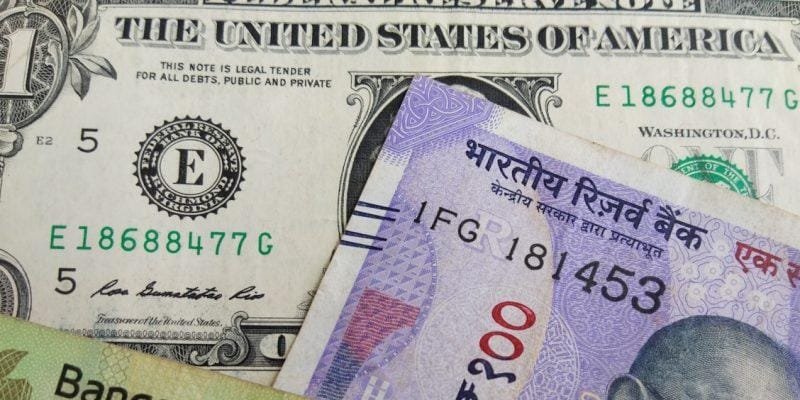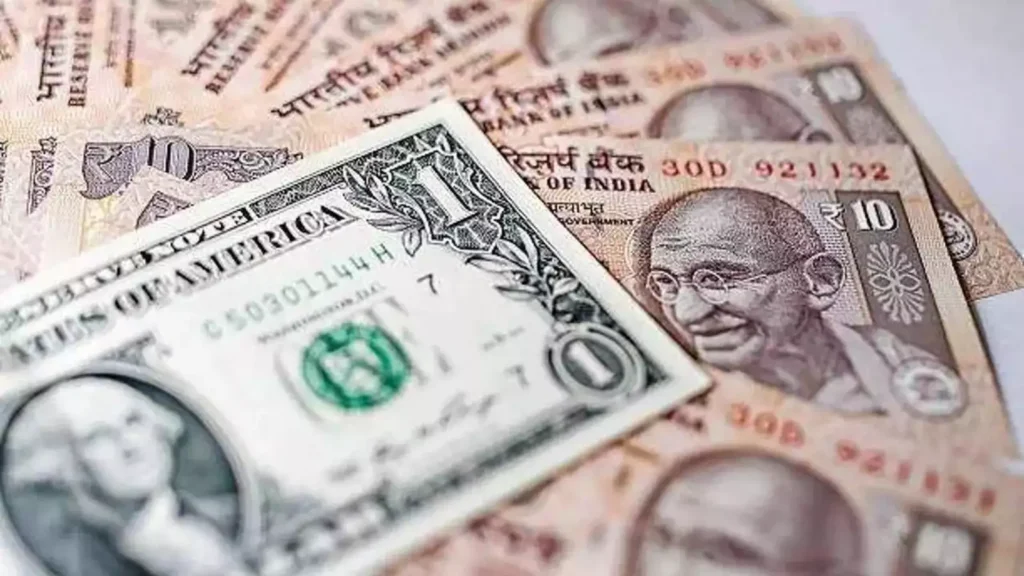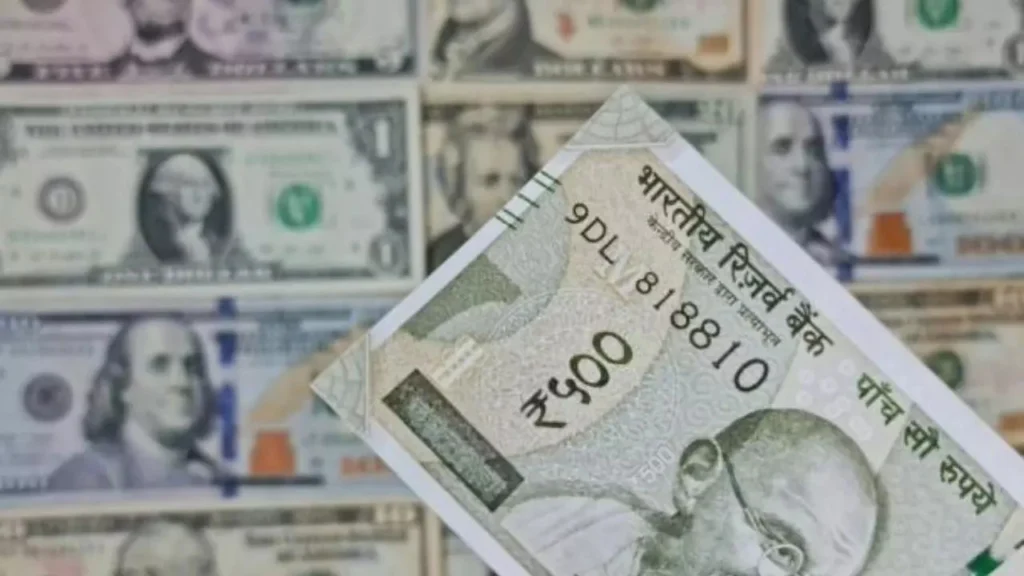Key Highlights
Indian Rupee Hits Record Low Amidst Global Market Turbulence Post U.S. Election
The Indian rupee has recently plummeted to an unprecedented low against the U.S. dollar, trading at 84.28 per dollar on November 6, 2024. This significant depreciation is attributed to a confluence of global economic factors, notably the aftermath of the U.S. presidential election, which has introduced heightened volatility in international markets.
Impact of the U.S. Presidential Election on Global Markets
The 2024 U.S. presidential election culminated in a victory for Donald Trump, a development that has reverberated across global financial markets. The election outcome has led to a surge in the U.S. dollar’s value, driven by investor anticipation of potential policy shifts under the new administration. This strengthening of the dollar has exerted downward pressure on emerging market currencies, including the Indian rupee.

Foreign Investor Outflows and Their Consequences
In the wake of the election, foreign investors have withdrawn substantial capital from Indian equities, seeking safer assets amidst global uncertainty. In October alone, foreign investors sold over $10 billion worth of Indian stocks, marking the largest outflow since the onset of the COVID-19 pandemic. This exodus has contributed to the depreciation of the rupee, as demand for the dollar has escalated.
Role of the Reserve Bank of India (RBI)
The Reserve Bank of India has been actively intervening in the foreign exchange market to mitigate the rupee’s decline. By selling U.S. dollars from its reserves, the RBI aims to stabilize the currency and curb excessive volatility. Despite these efforts, the rupee’s depreciation underscores the challenges faced by the central bank in navigating external economic shocks.

Broader Economic Implications
The rupee’s depreciation has several ramifications for the Indian economy:
- Inflationary Pressures: A weaker rupee makes imports more expensive, potentially leading to higher inflation rates.
- Trade Balance: While a depreciated currency can make exports more competitive, the increased cost of imports may widen the trade deficit.
- Corporate Earnings: Companies with significant foreign debt or those reliant on imported goods may experience increased costs, affecting profitability.
Global Economic Factors at Play
Beyond the U.S. election, other global factors have influenced the rupee’s performance:
- Oil Prices: Fluctuations in global oil prices impact India’s import bill, influencing the demand for foreign currency.
- Geopolitical Tensions: Ongoing geopolitical uncertainties, including trade disputes and regional conflicts, contribute to market volatility.

Future Outlook
Analysts suggest that the rupee’s trajectory will depend on several factors:
- U.S. Policy Decisions: The new administration’s economic policies, particularly regarding trade and fiscal stimulus, will influence global currency markets.
- RBI’s Monetary Policy: The central bank’s approach to interest rates and foreign exchange interventions will play a crucial role in stabilizing the rupee.
- Global Economic Recovery: The pace of recovery from the pandemic-induced economic downturn will affect investor sentiment and capital flows.
In conclusion, the Indian rupee’s recent depreciation reflects a complex interplay of global economic events, with the U.S. presidential election serving as a significant catalyst. As markets adjust to new political and economic realities, the rupee’s performance will continue to be a focal point for policymakers and investors alike.
For Latest News Updates Click Here.
